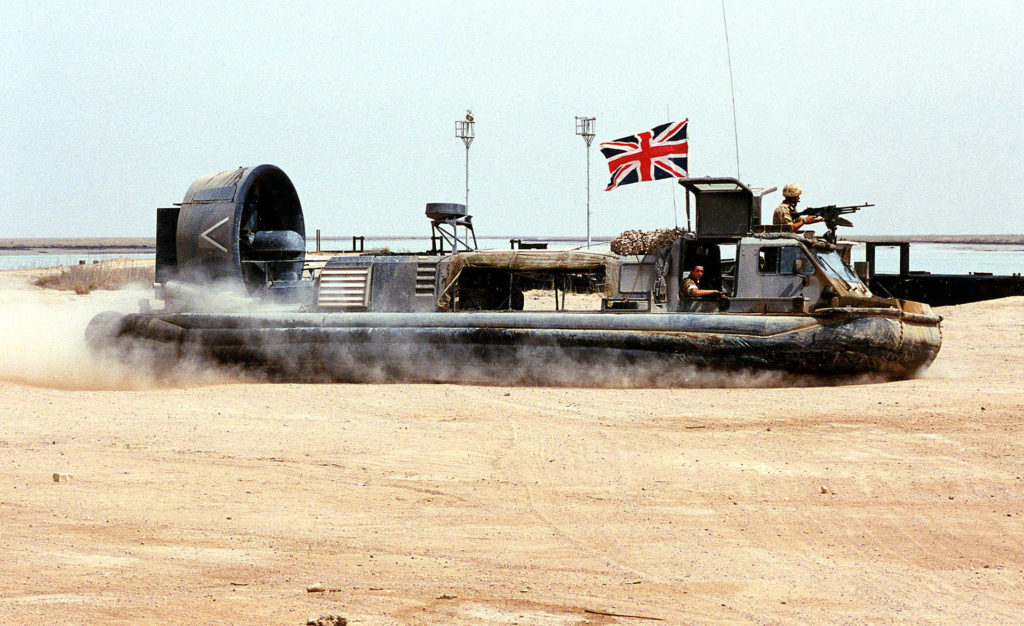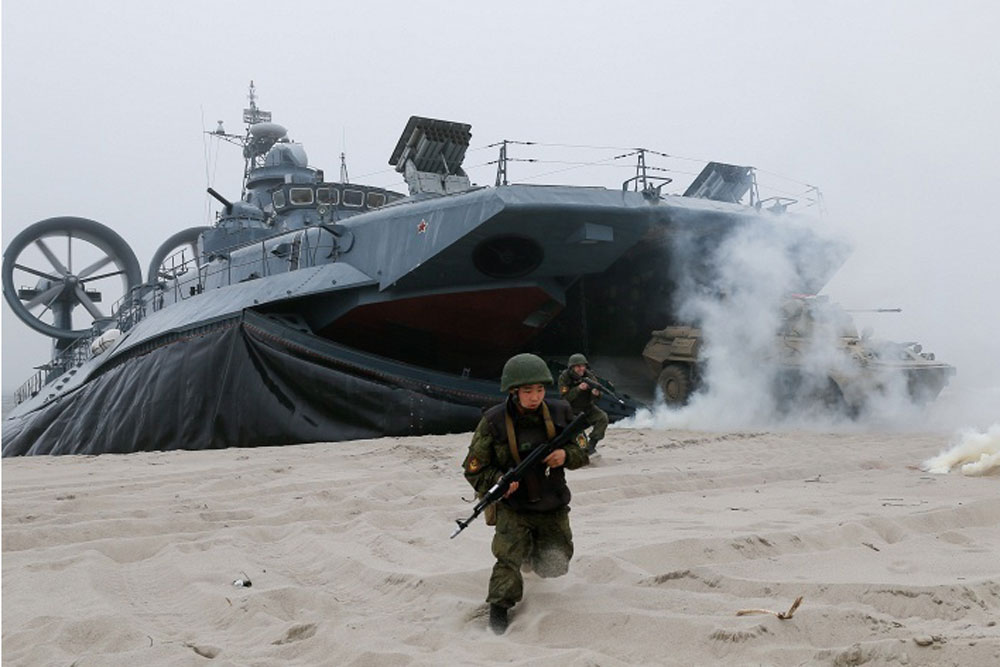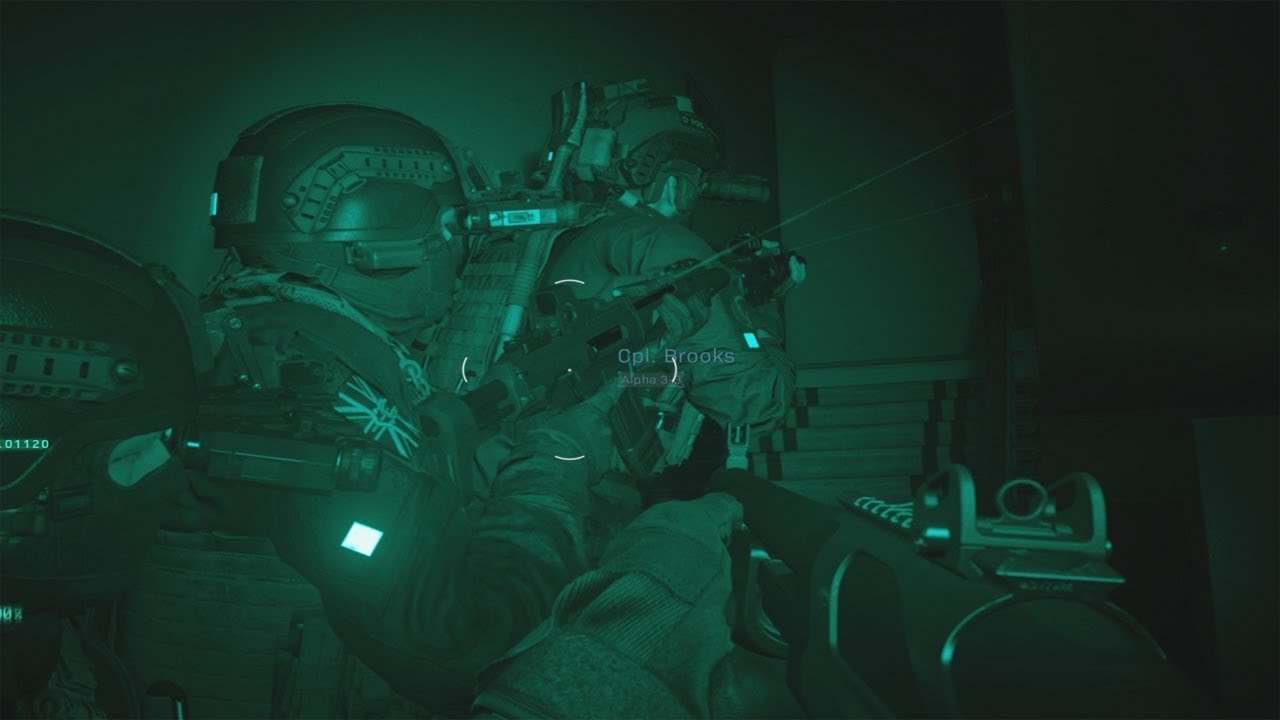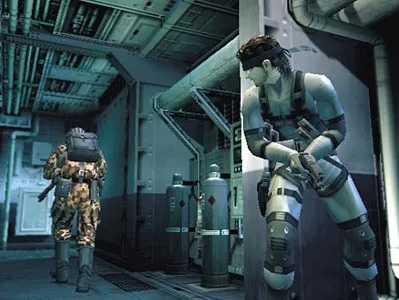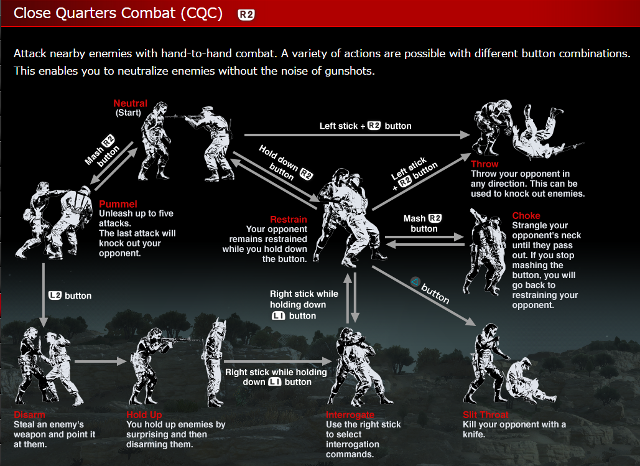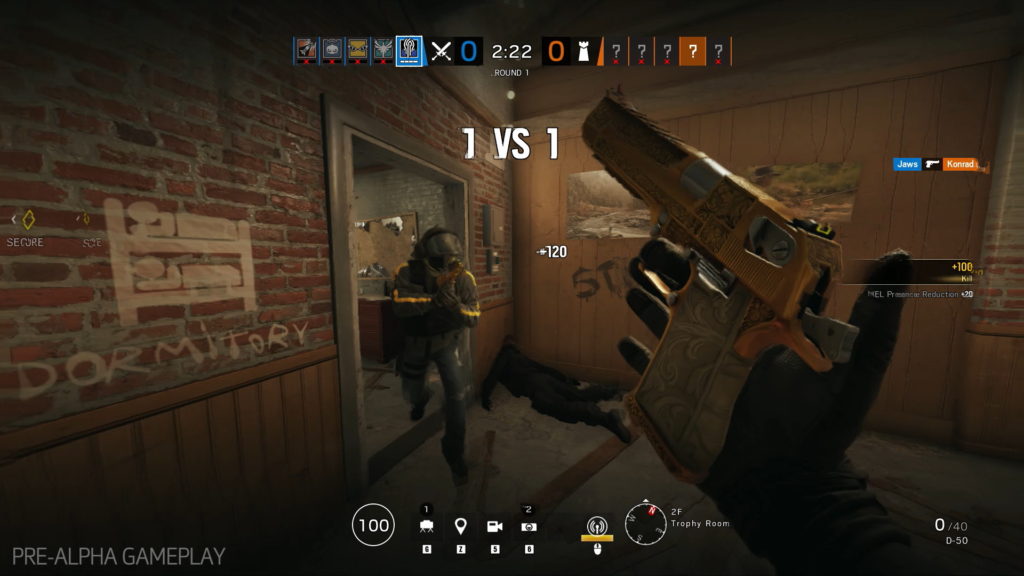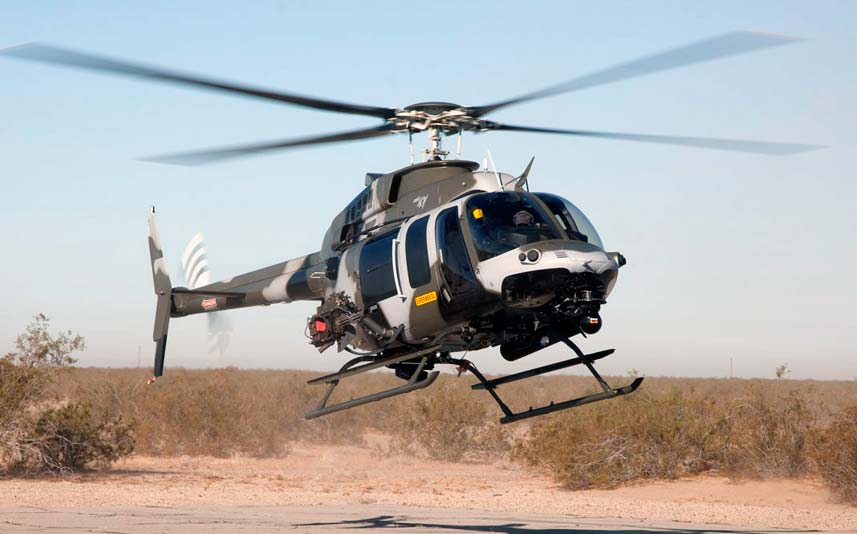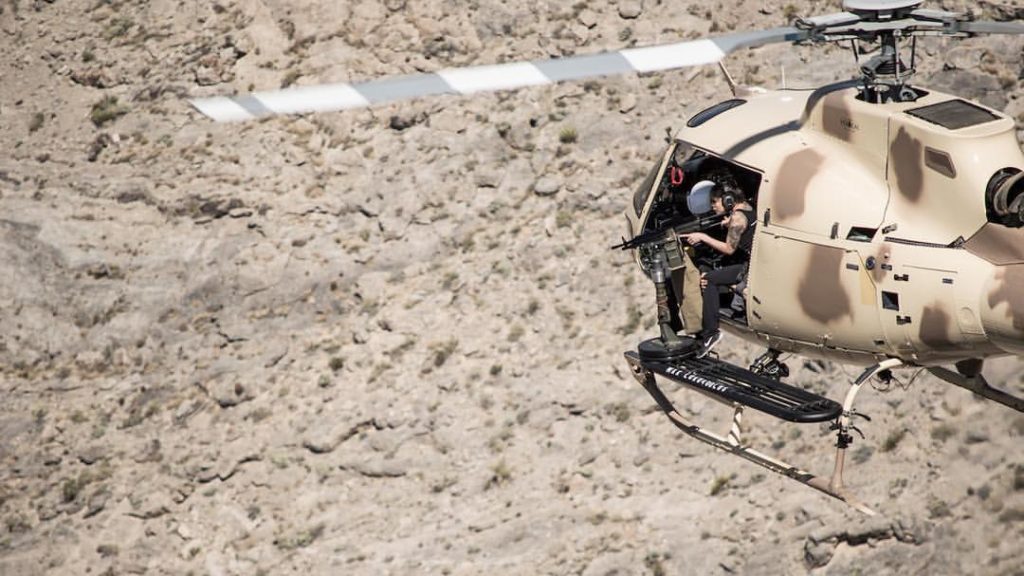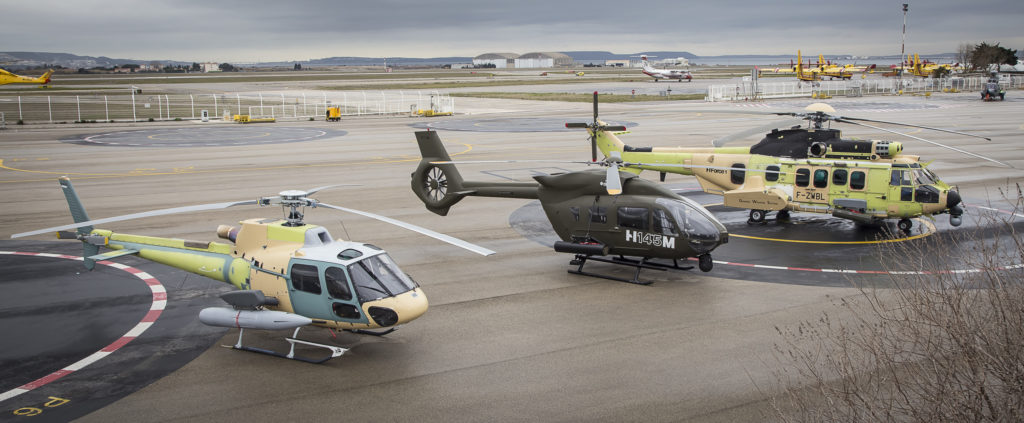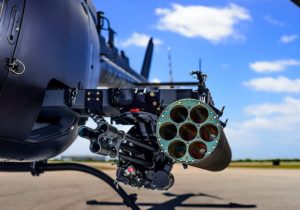The grenade launcher is one of the emblematic weapons of video games, from the first 2D shooters like Metal Slug, to the most recent FPS or TPS. But a bit like shotguns, shotguns, it has been made, for game design reasons, an “imprecise” weapon when, in reality, it requires great precision.
A little bit of history…
If the grenade launcher can be used in indirect fire (i.e. while remaining under cover), it is however in direct fire that it finds its optimal efficiency, when it is a question, in tense fire, of clearing a target which is, normally, too hardened to be neutralized by the small arms.
Designed to improve the launch (range and accuracy) of a grenade thrown by arm strength, the grenade launcher appeared during the Renaissance, and the name “grenadier” was initially used for this type of assault unit. Their efficiency is not of a decisive contribution to infantry combat, but things evolve in the 19th century with the appearance of rifle grenades, and especially after the Second World War, where the feedback from the Bazooka or Panzerfaust confirms the interest of individual grenade launchers.
From then on, the grenade launcher family will diversify, from the individual weapon to the mounted accessory, with single shot or repetition, up to the heavy model mounted on tripod or vehicle. We will present here three iconic models, it being understood that dozens of others exist…
The classic : M79
Intended to replace the not very accurate “rifle grenades” of the World Wars, which were moreover difficult to use in combat because they required handling of the weapon, the M79 was associated with the GI of the Vietnam War, whose firepower it significantly increased, often replacing the light mortar during jungle fighting. Moreover, the weapon imposes the 40 mm caliber, which will become the standard for this type of weapon.
The icon : the M203
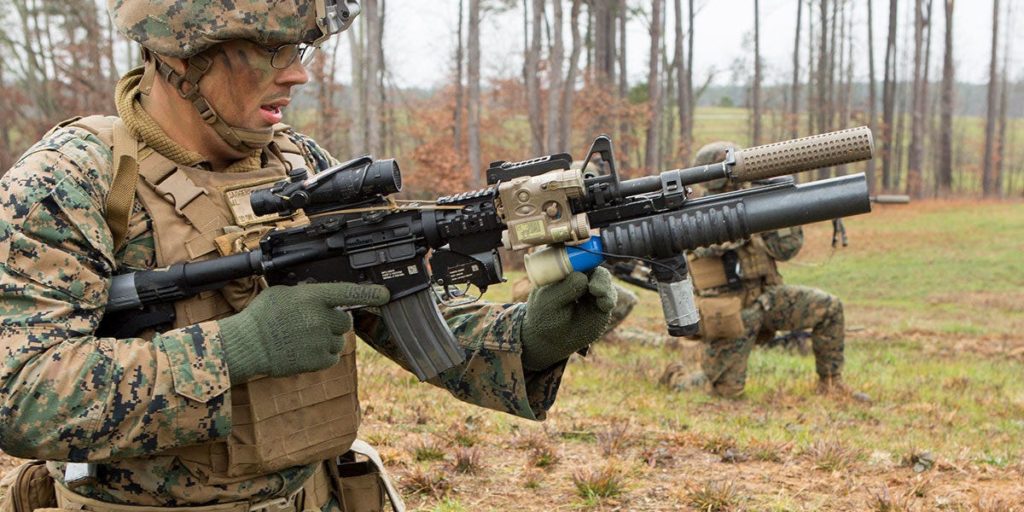
The M203, which is part of the “mounted” grenade launcher family, is probably the most famous grenade launcher, so much so that it is attached to the image of the Marine equipped with the M16/203 couple and that it can be found in many games and movies of the 80s and 90s.
The M203, unlike the M79, was designed as a fusion of the LG with the assault rifle, in an effort to avoid the need for the combatant to carry an additional weapon. However, in reality, the concept turns out to be not very ergonomic and, in the end, little used, even if the model was sold in millions of copies throughout the world.
Modernity : the Milkor MGL
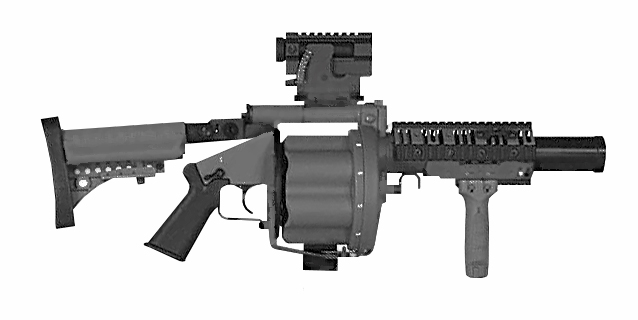
Designed by MILKOR, a South African gunmaker, the MGL (for Multiple Grenade Launcher) is a tremendous commercial success. A product of the 1980’s, it is equipped with a cylinder of 6 ammunitions that can be discharged in 3 seconds, which greatly increases the firepower if compared to its single shot predecessors.
Several times modernized, the MGL offers today an ergonomics adapted to the needs of the modern infantryman, with in particular the contribution of a folding stock and a Picatinny rail (link) to mount sighting systems.
A particularly effective and versatile weapon, the LG perhaps deserves better than the place it is given today in video games, which confines it to “tank” or “destroyer” characters. All the more so as new and particularly interesting models are arriving on the market today, and as the ammunition itself is in full evolution…
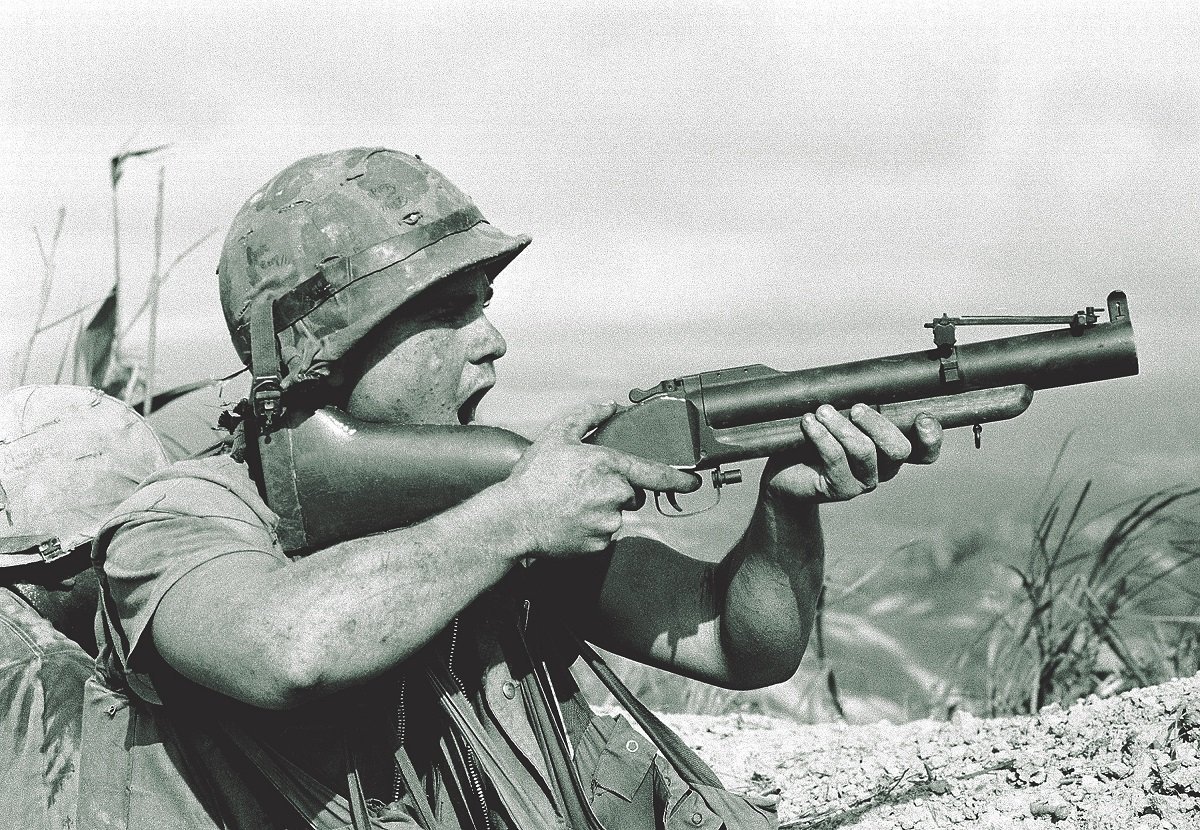
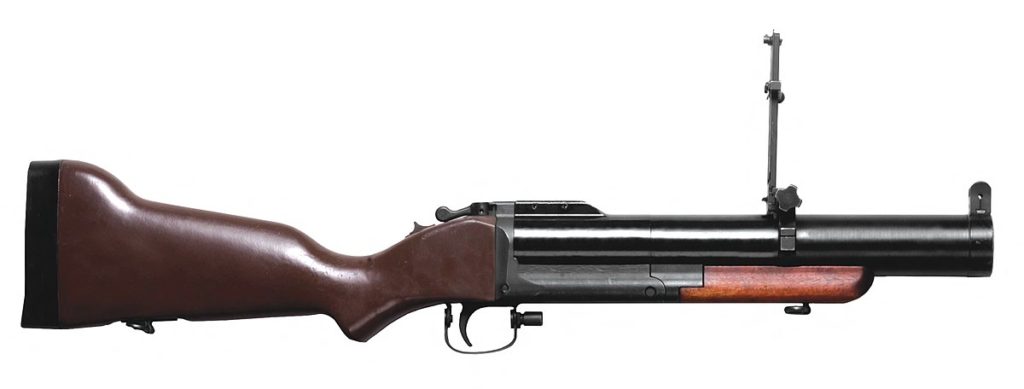

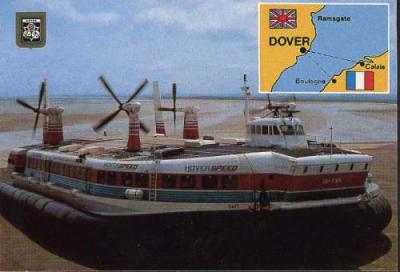 D’abord développé pour le civil, les aéroglisseurs ont pour mission d’établir des liaisons rapides entre des côtes peu éloignées, ou de pouvoir se déplacer rapidement sur des terrains marécageux ou glacés. Ils sont pourtant mis en retrait à partir des années 70 en raison de la multiplication des liaisons aériennes, et de l’augmentation du cout du carburant dont ils sont très consommateurs.
D’abord développé pour le civil, les aéroglisseurs ont pour mission d’établir des liaisons rapides entre des côtes peu éloignées, ou de pouvoir se déplacer rapidement sur des terrains marécageux ou glacés. Ils sont pourtant mis en retrait à partir des années 70 en raison de la multiplication des liaisons aériennes, et de l’augmentation du cout du carburant dont ils sont très consommateurs.